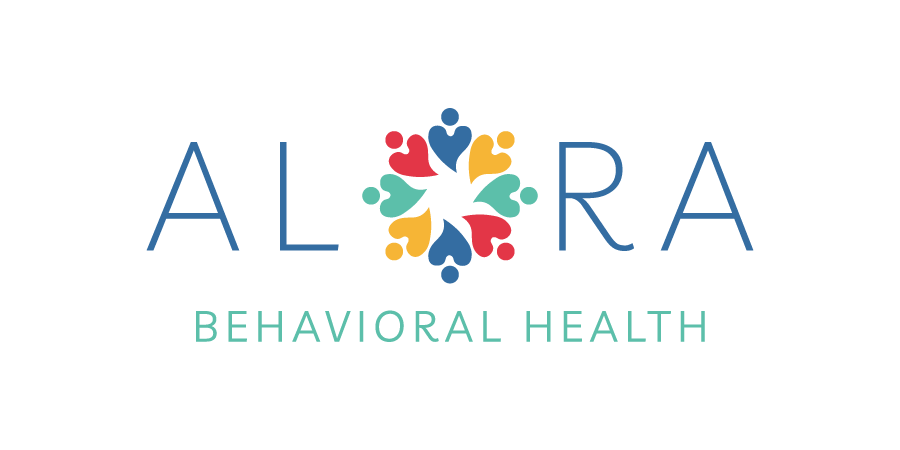When your child is receiving ABA therapy, it’s natural to want to see signs of growth and improvement. But tracking progress doesn’t have to feel overwhelming or turn into a daily checklist. In fact, some of the most meaningful progress happens in small, subtle ways—and those moments can be just as important as big milestones.
Progress Looks Different for Every Child
First, it’s important to understand that every child’s path is unique. Progress in ABA therapy is individualized, based on the goals that matter most for your child and family. That could be anything from learning to communicate a need, to handling transitions more calmly, to building social confidence. Some goals may take longer than others, and that’s okay. Consistency, not speed, is often what matters most.
Your child’s therapy team—especially the BCBA overseeing their care—plays a key role in tracking progress through data collection and regular assessments. You don’t need to do it all yourself. Instead, stay connected with your team by attending check-ins, asking questions about how goals are being tracked, and sharing any changes you’re noticing at home. Collaboration helps ensure the data reflects your child’s day-to-day experiences, not just what’s happening during sessions.
You don’t need a graph to recognize growth. Pay attention to moments that might seem small but signal big development—your child using a new word, waiting their turn, trying a new food, or handling a change in routine without a meltdown. These wins, even when they don’t happen every time, are important markers of progress. Write them down or share them with your therapy team so they can celebrate and build on them with you.
Don’t Get Caught in the Comparison Trap
It can be tempting to compare your child’s progress to others, especially in group settings or on social media. But comparing timelines rarely leads to clarity—it often leads to stress. Remember that ABA therapy is tailored to your child’s strengths and challenges. What progress looks like for them may be completely different from another child, even with similar diagnoses.
Rather than tracking every behavior or waiting for dramatic changes, try stepping back and looking at progress over time. Has your child gained new coping tools? Are they more confident in new situations? Do they seem happier or more connected? These broader shifts are often the best indicators that therapy is making a meaningful difference.
Let Progress Be Encouraging, Not Pressure!
Tracking progress should be a tool for support, not a source of stress. The goal isn’t perfection—it’s growth. By working closely with your child’s therapy team, noticing real-life changes, and giving yourself permission to focus on connection over comparison, you can stay grounded in what matters most: helping your child build a life filled with communication, independence, and joy.arted.
